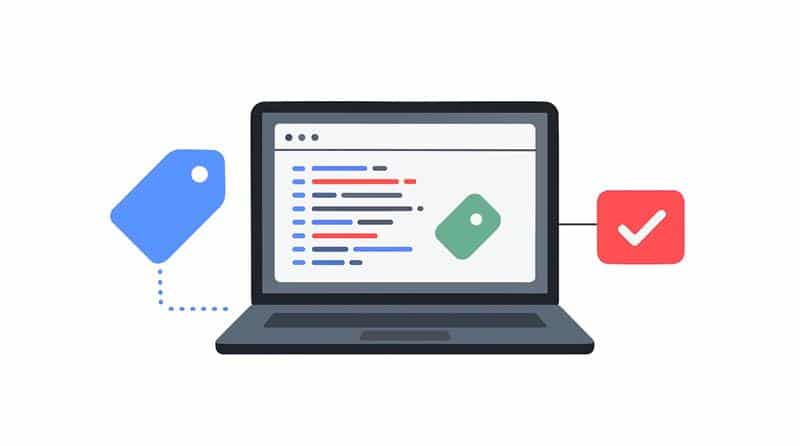Introduction
Quality Assurance (QA) testing is an important part in the software development lifecycle. It makes sure that the software or program being built is of the highest caliber, trustworthy, and fulfils the needs of the end customers. Over the years, QA testing has evolved significantly, and today, there are many new trends and technologies that are shaping the field. In this blog, we shall examine the newest developments in QA testing and how they are changing the way we approach software testing.
Shift Left Testing
Shift Left testing is a trend that has received admiration in the past years. It involves starting testing as quickly as possible in the software development lifecycle. Testing is often carried out at the conclusion of the development cycle in conventional software development. However, with Shift Left testing, testing starts as early as possible, often during the requirements gathering phase. By beginning testing early in the development cycle, faults and issues can be found and fixed right away, saving time and money when resolving them later.
Agile Testing
Agile testing is an approach that emphasizes collaboration and flexibility. It involves breaking down the software development cycle into smaller, more manageable chunks, with testing done at each stage. The goal of agile testing is to ensure that the software being developed meets the end-users’ requirements and that defects are identified and resolved as early as possible. Agile testing is becoming increasingly popular as more and more software development teams adopt agile methodologies.
Test Automation
Test automation involves using software tools to automate the testing process. It is an effective way to increase the efficiency and speed of testing while reducing the cost of testing. Test automation is especially useful for repetitive tests, such as regression testing, where the same test cases are run repeatedly. Testers can concentrate on more difficult testing activities and make sure that the software being created is of good quality by automating these tests.
Continuous Integration and Continuous Delivery (CI/CD)
CI/CD stands for continuous integration and delivery. Software development and testing are changing as a result of two linked developments called continuous integration (CI) and continuous delivery (CD). Whereas CD involves automating the release process so that software may be pushed to production fast and reliably, CI entails regularly merging code changes into a shared repository. By adopting CI/CD, software development teams can ensure that the software being developed is always up-to-date, with any defects or issues identified and resolved quickly.
DevOps Testing
DevOps testing involves testing the software as part of the DevOps process. The development, operational, and testing teams should work together and communicate with one another more frequently under this strategy. DevOps testing makes sure that the software being created is of the highest calibre, satisfies the needs of the end users, and can be distributed swiftly and reliably.
Cloud-based Testing
Testing on the cloud Using cloud-based platforms and services is a component of cloud-based testing. It is an effective way to increase the scalability and flexibility of testing, as cloud-based platforms can easily scale up or down depending on the testing requirements. Cloud-based testing also makes it easier for remote teams to collaborate and share testing resources, making it ideal for distributed software development teams.
Artificial Intelligence (AI) and Machine Learning (ML) in Testing
Testing with Artificial Intelligence (AI) and Machine Learning (ML) The discipline of software testing is changing as a result of two trends: AI and ML. Automating testing operations like test case generation and defect detection with AI and ML can speed up and lower the cost of testing. AI and ML can also be used to analyze testing data, identifying patterns and trends that can help testers make more informed decisions.
Exploratory Testing
Exploratory testing is a testing strategy that emphasises innovation and education. Testers are free to investigate the software that is being built and utilise their instincts and experience to find flaws and problems. Exploratory testing can be used in combination with other testing approaches, such as test automation and manual testing, to ensure that the software being developed is of high quality and meets the end-users’ requirements.
Risk-Based Testing
Risk-based testing involves identifying and prioritizing the testing tasks based on the level of risk associated with each task. Testers may make sure that the software being produced is of the highest quality and satisfies the needs of the end users by concentrating on high-risk areas. Risk-based testing can be used in combination with other testing approaches, such as test automation and manual testing, to ensure that the software being developed is of high quality and meets the end-users’ requirements.
Mobile Testing
Mobile testing is a trend that is becoming increasingly significant as an increasing amount of people use mobile devices to utilize the internet. Mobile testing involves testing the software being developed on various mobile devices, such as smartphones and tablets, to ensure that it works as intended on these devices. Mobile testing also involves QA software testing on different mobile operating systems, such as Android and iOS, to ensure that it works as intended on these platforms.
Test Environment Management
Test environment management involves managing the various environments used for testing, such as development, testing, and production environments. Software development teams can guarantee that the software being created is of high quality and complies with end-user requirements by efficiently managing these environments. Test environment management involves tasks such as environment setup, configuration management, and environment monitoring.
Virtual and Augmented Reality Testing
Virtual and Augmented Reality (VR/AR) are two trends that are transforming the way we interact with software. VR/AR can be used to create immersive experiences for end-users, such as virtual tours and training simulations. Testing VR/AR software presents unique challenges, such as testing the software in a simulated environment, and ensuring that it works as intended on various VR/AR devices.
Conclusion
In conclusion, the field of QA testing is constantly evolving, with new trends and technologies emerging all the time. By adopting these trends, software development teams can ensure that the software they develop is of high quality, meets the end-users’ requirements, and can be released quickly and reliably. It is important for software development teams to keep up-to-date with the latest trends in QA software testing and to adopt the ones that are most relevant to their specific needs and requirements.















































